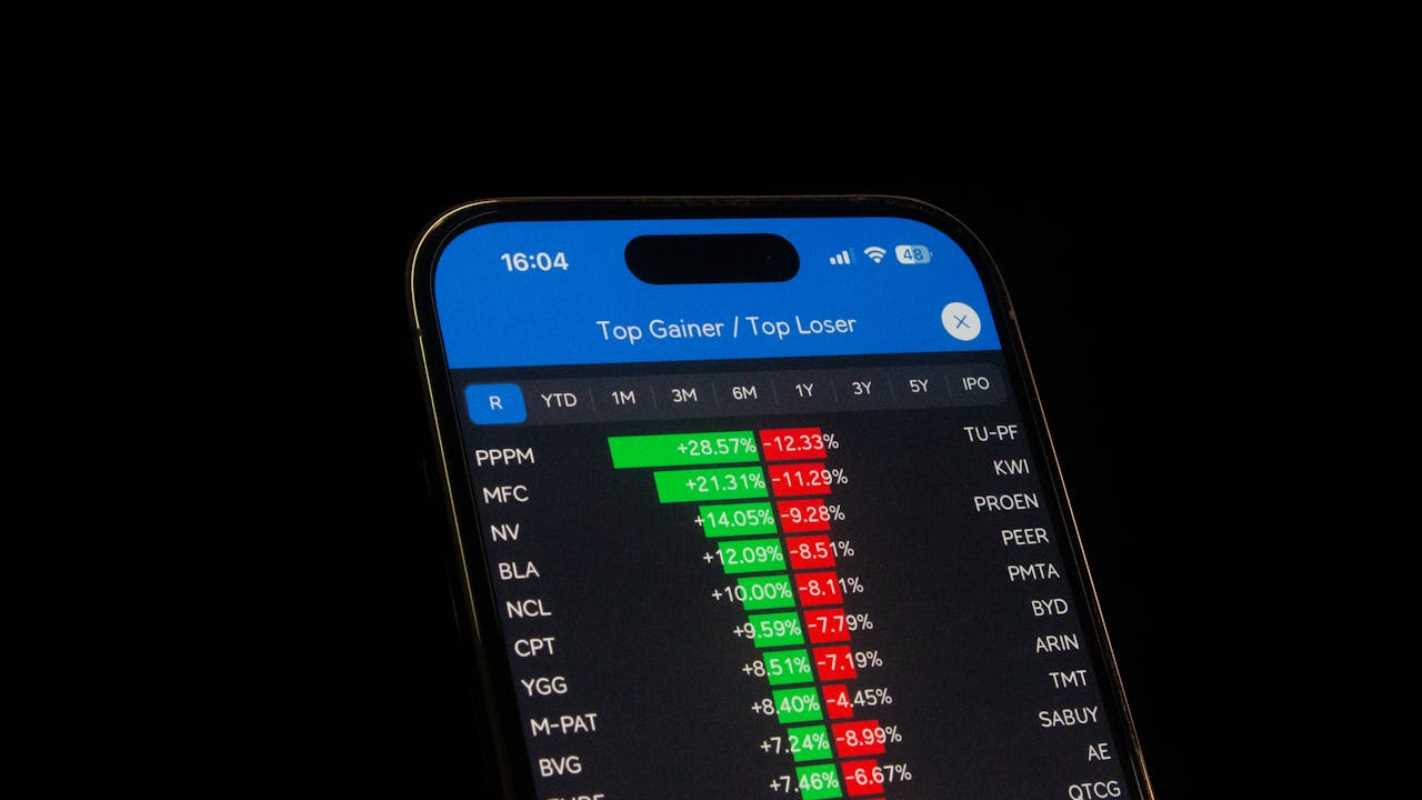Managing finances can feel like a juggling act. Between bills, savings goals, and those occasional splurges, it’s easy to lose track of where your money is going. But staying on top of your finances doesn’t have to mean spreadsheets and calculators. These days, mobile apps are stepping in to make budgeting less daunting and much more accessible—even when you're out and about.
Financial Tracking Matters
Life can get busy, and it’s not always easy to sit down with your financial plan. Mobile apps step in by making tracking effortless wherever you are. They provide instant access to your data, offer insights, and even send reminders so you never miss a payment. Now, let’s explore the tools that can make all of this possible.
1. Mint
Mint has long been a favorite in the world of personal finance apps, and it’s easy to see why.
Key Features
- All-in-One Hub: Mint links to your bank accounts, credit cards, loans, and even investments, offering a full picture of your financial health.
- Budget Creation: The app helps you create budgets by categorizing your transactions automatically.
- Bill Reminders: Never miss a due date with its timely reminders.
- Free Credit Score Monitoring: Keep an eye on your credit score without additional costs.
Pros
- User-friendly interface makes it approachable for beginners.
- Comprehensive financial tracking in one place.
- Offers custom alerts for overspending or unusual account activity.
Cons
- Some users find ads within the app distracting.
- Syncing issues can occasionally occur, particularly with smaller banks.
Who It’s For
Mint is perfect for anyone looking for an all-in-one financial tracker, especially if you’re new to budgeting and need helpful guidance along the way.
2. YNAB (You Need A Budget)
YNAB takes a slightly more hands-on approach, encouraging you to give every dollar a job to ensure you’re spending intentionally.
Key Features
- Proactive Budgeting: Helps you build a budget based on your actual income.
- Goal Tracking: Allows you to set savings goals and track your progress.
- Educational Resources: Offers workshops and tutorials to enhance your financial know-how.
Pros
- Promotes mindful spending and better financial habits.
- Strong customer support and community forums.
- Excellent for setting and sticking to savings goals.
Cons
- $14.99/month or $99/year after a free trial, which is pricier than other apps.
- Takes time to learn and adapt to its proactive style.
Who It’s For
YNAB is ideal for those who want to be more intentional with their spending or are focused on paying down debt and growing savings.
3. PocketGuard
If tracking spending feels overwhelming, PocketGuard simplifies the process with its “In My Pocket” feature.
Key Features
- Spending Limits: Calculates how much money you can safely spend after accounting for bills, savings, and goals.
- Easy Budgeting: Automatically categorizes expenses and sets up budgets.
- Subscription Tracking: Helps you identify and cancel unused subscriptions.
Pros
- Clear and straightforward interface.
- A focus on saving without over-complicating.
- Syncs smoothly with most banks.
Cons
- Limited customization options compared to other apps.
- Free version is fairly basic; advanced tools require a premium subscription at $4.99/month or $34.99/year.
Who It’s For
PocketGuard is great for anyone who tends to overspend and wants straightforward limits to curb their habits.
4. Spendee
Spendee shines when it comes to visualizing your finances, offering clear graphs that make tracking enjoyable.
Key Features
- Visual Budgeting: Breaks down spending into easy-to-read pie charts and graphs.
- Shared Wallets: Perfect for managing finances with family or roommates.
- Customizable Categories: Tailor the app to suit your specific spending habits.
Pros
- Great for visual learners.
- Ability to share budgets with others makes it collaborative.
- Works offline, so you can input expenses anytime.
Cons
- Free version has limited features; premium plans start at $1.99/month.
- Doesn’t offer the in-depth analysis that some apps provide.
Who It’s For
Spendee works well for users who enjoy visual data and need an app for shared financial goals, like splitting household expenses or planning group trips.
5. Goodbudget
Built around the envelope budgeting system, Goodbudget gives you digital “envelopes” to divide your money across spending categories.
Key Features
- Envelope Budgeting: Allocate funds for each category and track spending.
- Expense Tracking: Enter expenses manually to stay aware of your spending.
- Cross-Device Syncing: Sync with multiple devices, making it great for couples.
Pros
- Helps you stick to a structured budget.
- Excellent for those who like a manual, tactile approach.
- Free version available with basic functionalities.
Cons
- Requires you to input some data manually, which can be time-consuming.
- Can feel restrictive if you prefer flexibility in your finances.
Who It’s For
Goodbudget is perfect for people who love the discipline of envelope budgeting or need a tool for shared finances with a partner or family.
Choosing the Right App
With so many great options, how do you choose the best app for you? Here are a few tips to guide you:
- Know Your Goals: Are you trying to save more? Pay off debt? Just keep track of your everyday expenses? Different apps cater to different needs, so start by identifying your financial goals.
- Consider Your Lifestyle: If you want minimal effort, look for an app that automates most of the work, like Mint or PocketGuard. For a deeper, hands-on approach, go with something like YNAB.
- Budget for the App: Remember that while many apps offer free versions, the premium features often come with a price. Decide in advance if you’re willing to pay for an app or stick to free options.
- Test Drive a Few: Most apps offer free trials or basic plans, so don’t be afraid to experiment before committing.
Tracking your finances on the go doesn’t have to be a challenge. With the right app in your pocket, you can take control of your money, meet your goals, and feel more confident about your financial future.
 (Image via
(Image via.jpg)





